While we all know we should strive to be physically healthy, sometimes being financially healthy gets overlooked. Working on and sustaining your financial health is something that takes a lot of effort. In fact, improving your financial stability is a lifelong commitment- there is no quick fix. However, the hard work and effort will pay off. Personal investing and saving are critical financial concepts not taught in schools, but millions of Americans struggle with finances. Just know that you are not alone and that you can take these steps to start your journey to financial health.
Educate Yourself
Before the start of any journey, it’s important to educate yourself and devise a plan. The best methods involve educating yourself on the proper steps to success. There is a substantial amount of free information about improving financial health available online. Taking steps to educate yourself will help you set a realistic plan and work towards your financial health. Be sure you’re consuming content from trusted sources.
Budgeting
It is no secret: without a budget, your plans will fail. To make positive improvement towards financial health, you must be willing to set a strict budget based on your expenses and stick to it. Start small and challenge yourself to 30 days. Keep a diary of all income and expenses. After 30 days, review to see what areas need the most improvement. Cutting down discretionary spending such as dining out, shopping, and other extras will help you meet your budget goals.
Automate Your Savings
When it comes to savings, it’s hard to miss money you never see. Setting up your direct deposit to automate a percentage of your income to go towards your savings is a smart move to make when improving your financial health. Automating the process removes any temptation that may exist during the exchange. Set up a savings account specifically used for direct savings that you do not withdraw money from.
Cut Debt
If you have personal loans, student loans, credit cards, etc. you will need to work on a plan to eliminate debt. Create a list of your obligations and their balances, with your more substantial debts at the top. Start by paying more towards the largest debt, even if it’s only $20/month. Once you pay the debt in full, move on to the next debt. Take the monthly amount paid to the first debt and apply that extra amount to your next debt. Continue this process.
Your financial health is a journey and is up to you to work on. Commit today to take the steps and make a change in your finances. You will thank yourself tomorrow for the efforts you make today. For more information about savings accounts and personal finance, contact us today!
{{cta(‘1cce2128-9c7d-43bb-b3f8-b7e288d2bc94′,’justifycenter’)}}




